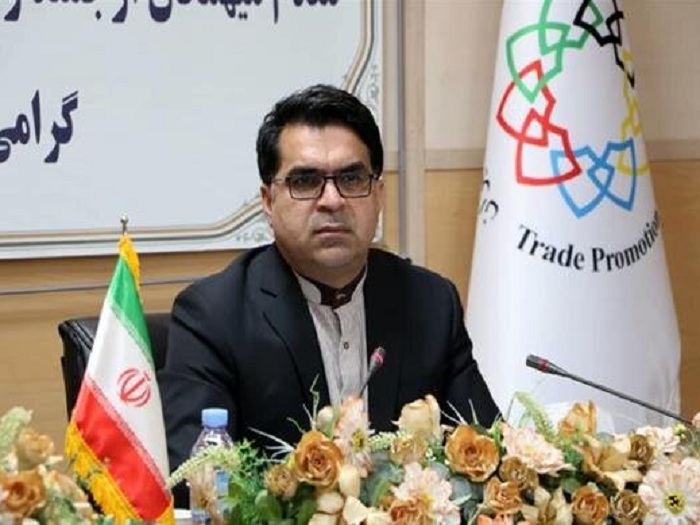Iran's exports to Africa fell by 14%

Director General of the Arab-African Office of the Trade Development Organization: The export of Iranian products to the African continent last year was about 2 million and 389 thousand tons, equivalent to 578 million dollars. This statistic shows a decrease of 14% in terms of value and 8% in terms of weight compared to 1398.
According to the International Iranian Stone Exhibition, Farzad Pilten stated about the situation of exports to Africa: According to the statistics published by the Customs of the Islamic Republic of Iran, the export of Iranian products to Africa last year was about 2 million 389 thousand tons or 578 million dollars.
He added: "Last year, Ghana with $ 178 million, Algeria with $ 123 million, Kenya with $ 50 million, South Africa with $ 37 million, Somalia with $ 26 million, Tanzania with about $ 24 million, Cameroon with $ 22 million." Mozambique ($ 19 million), Nigeria ($ 17 million) and Ivory Coast ($ 11 million) are Iran's top 10 exporters to Africa, respectively.
Comparing exports to Africa last year with 1398, Pilten said: "This statistic shows a decrease of 14% in terms of value and 8% in terms of weight compared to 1398."
The Director General of the Arab-African Office of the Trade Development Organization added: "A review of Iran's export conditions last year compared to 1398 shows that despite the intensification and expansion of US unilateral sanctions last year and the outbreak of the Corona virus and the partial closure of trade events and communications." Globally, although trade between Iran and the African continent has decreased compared to the same period last year, Iran has been able to maintain its presence in African markets, albeit slightly.
In response to a question about why Iran has a low presence in African markets? He said: "In general, in analyzing the low presence of Iranian export products in African markets, we can point to the existence of some problems and obstacles from both sides."
Referring to the source of these problems, Pilten said: From the Iranian side, lack of close communication and knowledge of African markets by the private sector, lack of program and the possibility of high marketing costs, lack of direct presence in African markets, lack of approaches In the long run, the public and private sectors are among the most important problems and obstacles regarding the presence in the market of African countries and the lack of proper infrastructure such as banking relations, transportation, etc.
He added: "African countries can also point to some problems such as economic and political instability, lack of proper administrative and security arrangements for long-term economic and trade activities, lack of adequate financial capacity of the private sector and African governments, etc."
Pilten added: "Nevertheless, the Trade Development Organization of Iran is trying to make one-year and multi-year plans and use the capacities of the Economic Commission of the African Headquarters, as well as the Iranian embassies in African countries and other relevant institutions, while creating internal coordination." And pursue the establishment of trade infrastructure with the African continent, such as the development of transportation lines and the establishment of banking relations, to introduce the country's export capabilities to African traders.
He noted: "These measures are through informing the opportunities and fields of exports to African countries, encouraging and exchanging trade delegations, developing exhibition cooperation, supporting the establishment of trade centers, pursuing the formation of joint trade councils and establishing direct relations between the private sector in Iran." Countries will be.










